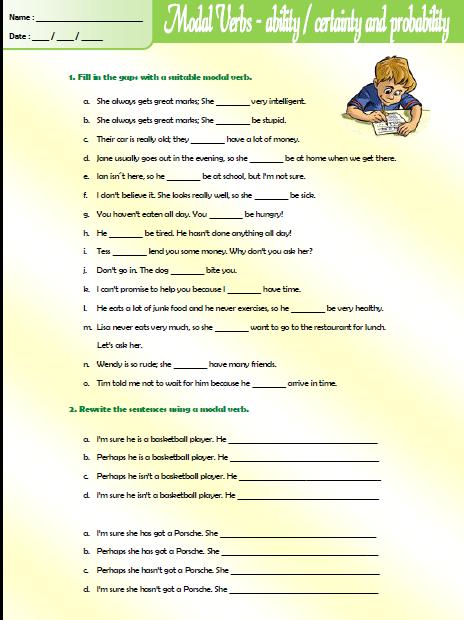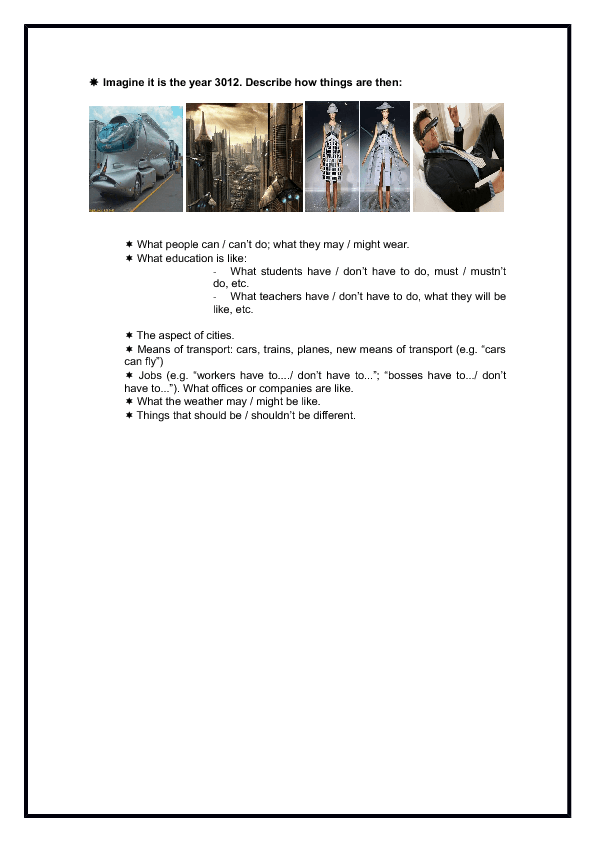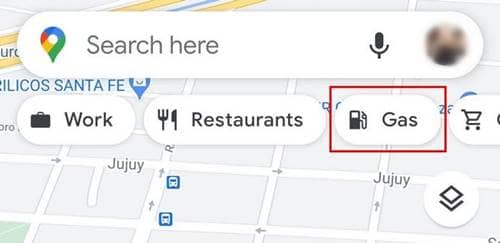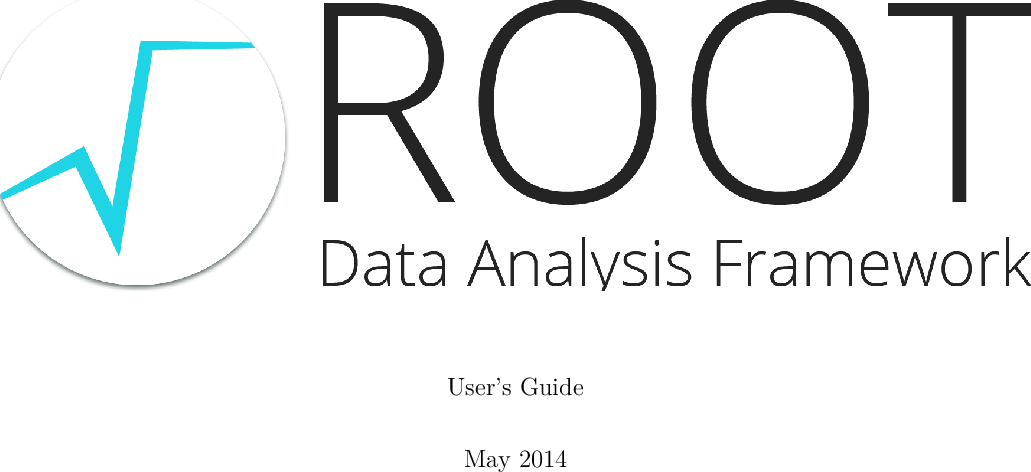They are also known as modal auxiliaries or modal auxiliary verbs. They are different from normal verbs like eat, drink, visit, laugh, jump, dance, follow, etc. They give additional information about the function of the main verb that comes after it. These are verbs that express different kinds of things.
When you use them, they express certainty, ability, willingness, necessity, permission, obligation, and possibility. Since they behave differently from regular verbs, they are a little confusing. As a modal auxiliary verb, will is particularly versatile, having several different functions and meanings.
Like other auxiliary verbs, modal verbs work together with a main verb to give a different meaning to a sentence/clause than if the main verb was used by itself. Modals/ modal verbs/ modal auxiliary verbs are a special type of verbs present in English grammar. These verbs are used irregularly in English grammar. Uses of modal verbs in English grammar includes providing extra information about the action of the main verb. In English, the modal verbs are used to express ability, possibility, permission or obligation. Each one of the modal verbs can be used to express one or more of these modalities.
They can also be used to form the future tense in English and to make conditional sentences. In many cases, modal auxiliary verbs can be used in place of others to create slightly different meanings. For example, we can use the word shall in place of will in to express polite invitations. Similarly, would can also be substituted for will in requests to make them more polite. In English, main verbs but not modal verbs always require the auxiliary verb do to form negations and questions, and do can be used with main verbs to form emphatic affirmative statements. In the strict sense, though, these other verbs do not qualify as modal verbs in English because they do not allow subject-auxiliary inversion, nor do they allow negation with not.
If, however, one defines modal verb entirely in terms of meaning contribution, then these other verbs would also be modals and so the list here would have to be greatly expanded. These auxiliaries express obligation, possibilities, permission or ability in a sentence by adding meaning to the main verb. As per modal verbs rules, the spelling or form do not change, unlike other verbs. In many Germanic languages, the modal verbs may be used in more functions than in English. In German, for instance, modals can occur as non-finite verbs, which means they can be subordinate to other verbs in verb catenae; they need not appear as the clause root.
In Swedish, some modal verbs have infinitive forms. This for instance enables catenae containing several modal auxiliaries. The modal verbs are underlined in the following table. In this week's Teacher's Corner, students work together to rewrite sentences that use either simple or phrasal modals. This activity is a great way to draw attention to modals, to their different forms, and to how those different forms can create slight differences in meanings. A small group of auxiliary verbs, called the modal verbs are only used in combination with ordinary verbs.
A modal verb changes the other verb's meaning to something different from simple fact. Modals may express permission, ability, prediction, possibility, or necessity. The main use of the modal verb "will" is to form the future form of the verbs in English. When talking about demands and requests, the use of will sometimes is not as polite as other modal verbs. It can be used to talk about ability and permission in the past. Also, just like the modal verb "can", the modal verb "could" can be used to make questions, requests, suggestions or offers, but in a more polite way.
It can also be used to talk about possibilities, but not as strong possibility that the one expressed with "can". An extension to this activity could have students writing their own sentences using simple or phrasal modals as they choose. In this month's Teacher's Corner, we present four activities that focus on the form, meaning, and use of modals in everyday English. The activity offered in Week 1 uses common classroom instructions to help learners differentiate between modals expressing necessity and those expressing possibility.
Week 2 gives learners a chance to recognize equivalent simple and phrasal modals. In Week 3 an activity explains how to teach a common speech act. We end the month with a common icebreaker activity adapted to emphasize modals. Before we get started learning how to use modal verbs, let's take a look at what modal verbs are. According tothis article from Grammarly, modal verbs are classified as auxiliary verbs.
"Auxiliary verbs" are helping verbs, which means you use them with other verbs in your sentences. Oughtis used with meanings similar to those ofshouldexpressing expectation or requirement. Could are modal auxiliary verbs that express an ability, permission, request, offer or opportunity. In this article, we'll explore the differences between canandcould, and how to use each.
Modals (can, will, should, etc.), also known as modal auxiliaries, are difficult to learn because they seem to function like a verb but don't follow the same rules. We will examine the forms, meaning, and use of modals in more depth. There are a wide variety of modal auxiliary and their function. So, let's waste no more time and begin the learning journey. Modal verbs indicate possibility, obligation or ability.
Find out how your child will be taught about modal verbs in grammar lessons in KS2 and the kinds of activities they might be asked to complete in the primary-school classroom. As a modal verb, "should" has many important uses in the English language. It's used to give advice, to express what's right, and to recommend an action. Also, it's used to make predictions, but ones that are more uncertain than those with the other modal verbs. Hawaiian Pidgin is a creole language most of whose vocabulary, but not grammar, is drawn from English.
As is generally the case with creole languages, it is an isolating language and modality is typically indicated by the use of invariant pre-verbal auxiliaries. The invariance of the modal auxiliaries to person, number, and tense makes them analogous to modal auxiliaries in English. However, as in most creoles the main verbs are also invariant; the auxiliaries are distinguished by their use in combination with a main verb.
Shall is a word that is used in England to express a future promise and to form a simple present for I and we. It's commonly used in formal and legal situations in the United States to form polite questions that include a polite request for permission. It can also be used to offer assistance, make suggestions, or ask for advice. As you've seen in this article, modal verbs are useful when it comes to expressing ideas and making polite requests. They're super versatile, and you can use them in all kinds of situations.However, make sure that you don't use too many modal verbs in your conversations. The nine modal verbs outlined above are different from other verbs in that they never change forms.
Even when obeying subject-verb-agreement, these verbs will be identical when used with singular or plural subjects as in Cheetahs can run fast and a cheetah can run fast. In addition to this, these verbs typically are used only with certain verb tenses. For example, you are likely to hear the sentence It might be cloudy tomorrow but are unlikely to hear the sentence It might will be cloudy tomorrow. Generally speaking, these modal verbs are most often used with verbs in the present tenses . The modalwillis often used to express futurity . With first-person subjects , in varieties where shall is used for simple expression of futurity, the use of will indicates particular willingness or determination.
Today we will talk about how to use modal verbs properly. Many English learners make mistakes about the use of these special helping verbs. We will also study how to avoid these common mistakes. I know that the word modal verb doesn't sound too exciting. But when you see what they are, you'd understand that we use these verbs all the time. -,gamōtmaymögen, magmogen, magmögen, magmeie, meimagmå(må)mega, mámagum, magwissen, weißweten, weet?
Witte, witweetvedvetvita, veitwitum, wait(tharf)dürfen, darfdurven, durfdörven, dörvdoarre, doardurf? Þaúrbum, þarfThe English could is the preterite form of can; should is the preterite of shall; might is the preterite of may; and must was originally the preterite form of mote. (This is ignoring the use of "may" as a vestige of the subjunctive mood in English.) These verbs have acquired an independent, present tense meaning. The German verb möchten is sometimes taught as a vocabulary word and included in the list of modal verbs, but it is actually the past subjunctive form of mögen. In academic writing, modal verbs are most frequently used to indicate logical possibility and least frequently used to indicate permission. Eight modal verbs are listed under each of the functions they can perform in academic writing, and are ordered from strongest to weakest for each function.
Notice that the same modal can have different strengths when it's used for different functions (e.g., may or can). Modals can be defined as a subset of the English auxiliary verbs and are used to show modality like obligation, and possibility, etc. They don't have an infinitive form or participle which can be used to differentiate them from other verbs along with their neutralization. Similar to when you're making a request, modal verbs can change your sentence from a statement to a question. That automatically makes your sentence sound more polite because it's not being presented as a demand.
Notice that some of these modal verbs can be used in various situations. To avoid confusion, it's important that you understand the overall context of a sentence that includes a modal verb. That way, you won't be confused as to how the speaker is using the word. "Ought" is probably the simplest of this set of modal verbs. It's almost always followed by "to" and the infinitive form of a verb. It means the same thing as "should," and is used in the same ways, although "ought" is less common and a bit more formal.
A few examples of "ought" are "We ought to be home by noon," which means "I expect that we will be home by noon," and "I ought to fix that," which means "I should fix that." These verbs are all modal verbs, which means that they are generally used in combination with other verbs, and are used to change the verb's meaning to something different from simple fact. Modals express possibility, ability, prediction, permission, and necessity. Modal verbs are helping/auxiliary verbs that give additional information about the function of the main verb that follows. They express attitudes such as ability, possibility, permission, and suggestion. The modal 'can' is a commonly used modal verb in English.
It is used to express; ability, opportunity, a request, to grant permission, to show possibility or impossibility. It is this large amount of functions and the fact that 'can' is replaced by other modals when it is used to express future or past time that often lead to certain errors. Part 1 explains the grammar of modal verbs and where they are placed in a sentence or question. Part 2 explains the meaning of each modal verb and provides example sentences.
Technology is definitely pretty cool, but do you know what else is cool? We use verbs to refer to actions or states of being, and we use different types of verbs in our sentences in clauses. While we were philosophizing about our smartphones, we used a kind of verb known as a modal verb to give sentences a particular meaning. Modal verbs are helpful verbs, so let's return the favor and learn a little more about them. The negated forms arewill not(contracted towon't) andwould not(contracted towouldn't). The modals of English are a small class of auxiliary verbs used mostly to express modality (properties such as possibility, obligation, …).
"Can" is one of the most commonly used modal verbs in English. It can be used to express ability or opportunity, to request or offer permission, and to show possibility or impossibility. The modal verb "might" is used to express possibility in the present or in the future.
It can be used as the verb "may" most times, however, it often means that the event has less possibility of happening than when it's said using may. Its negative form, "might not " is used to talk about possibilities but in a negative way. One way to vary this activity is to utilize a reading that you have previously used in class. Modify half of the reading to use simple modals and the other half of the reading to use only phrasal modals. Students will be familiar with the material and vocabulary, making it easier for them to focus on examining the differences in meaning between the two types of modals.
Turn their attention to the modals written on the board. Explain that simple modals are single words while phrasal modals are phrases using the verbs be or have. Tell learners that the simple modals on the board can be matched to a phrasal modal. The two modals do not mean exactly the same thing, but they can be used in similar ways. Walk into a classroom in the United States, and you'll see a variety of posters stating different classroom rules and instructions for students.
Some of these posters might include phrases such as raise hand to speak or don't interrupt another student. Even if there are no posters, most teachers have a list of classroom rules and instructions. These rules are usually written as short phrases without modals; however, a modal is still implied. Use the infinitive form of the main verb instead of "to" when using modal verbs. In definitions, it is referred to as a helping verb. There are certain modal verbs rules that encircle their use.
It can be very beneficial if one can learn the rules and use of modal verbs as this will help you make grammatically correct English sentences. Modal verbs are an important part of English grammar. They're very versatile, and you can use them in many different situations. If you learned beginner English grammar in school or with a language teacher, you probably already learned about some of these modal verbs and when to use them. The nine main modal verbs express a range of meanings, which may differ very subtly. The main meanings, especially those used in formal English, will be summarised here.
Modal verbs are also known as auxiliary verbs or "helping" verbs. We use them along with a main verb to express ideas like possibility, obligation, and permission. Modal verbs are a fundamental part of English because they express obligations, abilities, probabilities, suggestions and much more.
How To Use Modal Verbs In A Sentence So learning how to use modal verbs can really improve your level of fluency. Let's have a look to see what modal verbs have in common and the many ways they can be used. Auxiliary verbs add grammatical or functional meaning to the clauses in which they are used. They can be used to express aspect, voice, modality, tense, etc. For example, I have read this book so many times. "Have" is an auxiliary, which helps express the perfect aspect.
All of the following sentences use modal verbs. Remember that modal verbs can also be used in the negative. Shall is a good modal verb to recognize, but it's rarely used in everyday language because it feels so formal and polite to native English speakers. You may see it most often in literature from past eras. Can (or cannot/can't) shows ability, in the sense of knowing how or being able to do something. In informal situations, it expresses permission, in the sense of being allowed to do something.




























No comments:
Post a Comment
Note: Only a member of this blog may post a comment.